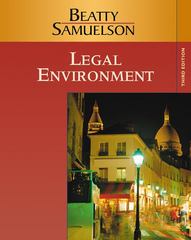Question
3 )An Anticipated Output Shock Consider a two-period small open endowment economy populated by a large number of households with preferences described by the lifetime
3 )An Anticipated Output Shock
Consider a two-period small open endowment economy populated by a large number of households with preferences described by the lifetime utility function:
U = C(1) 1/10 C(2) 1/11
Suppose that households receive exogenous endowments of goods given by Q1 = Q2 = 10 in periods 1 and 2, respectively. Every household enters period 1 with some debt, denoted B0, inherited from the past. Let B0 = 5. The interest rate on these liabilities, denoted r0, is 20 percent. Finally, suppose that the country enjoys free capital mobility and that the world interest rate on assets held between periods 1 and 2, denoted r, is 10 percent.
- a(14 points) Compute the equilibrium levels of consumption, the trade balance, and the current account in periods 1 and 2. Do not forget to show step by step your algebraic calculations. Explain in detail your reasoning. No credit without an explanation.
- b(16 points) Assume now that the endowment in period 2 is expected to increase from 10 to 15. Calculate the effect of this anticipated output increase on consumption, the trade balance, and the current account in both periods. Provide intuition. Do not forget to show step by step your algebraic calculations. Explain in detail your reasoning. No credit without an explanation.
Step by Step Solution
There are 3 Steps involved in it
Step: 1

Get Instant Access to Expert-Tailored Solutions
See step-by-step solutions with expert insights and AI powered tools for academic success
Step: 2

Step: 3

Ace Your Homework with AI
Get the answers you need in no time with our AI-driven, step-by-step assistance
Get Started


